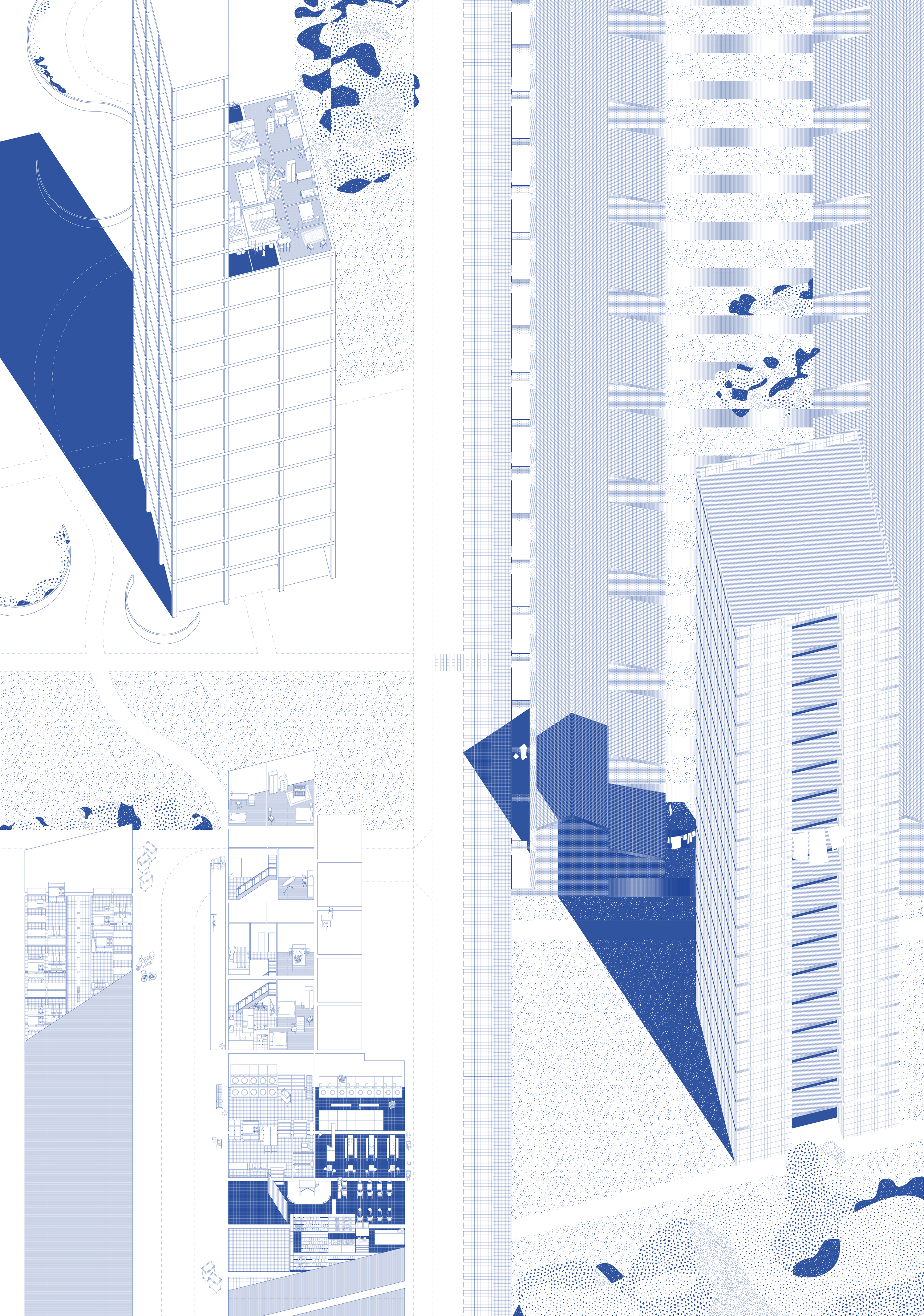Silvia Federici, The Caliban and the Witch: Women, the Body and Primitive Accumulation (London: Penguin Classics, 2021).
Diane Ghirardo, “Women and space in a Renaissance Italian city.” In: Ian Borden and Jane Rendell eds., Intersections: Architectural Histories and Critical Theories (London: Routledge, 2000).
Dianne Harris, Little White Houses: How the Postwar Home Constructed Race in America (Minneapolis: University of Minnesota Press, 2013).
Jayati Ghosh, “The Public Value of Care and the Politics of Womens Work,” UCL Institute for Innovation and Public Purpose (June 18, 2018), ➝.
Cinzia Aruzza, Tithi Bhattacharya, and Nancy Fraser, Feminism for the 99% (London: Verso, 2019).
Silvia Federici, 136.
Robin Evans, “Figures, Doors and Passages,” in Translations from Drawing to Building and Other Essays (London: Architectural Association, 1997), 89–90.
